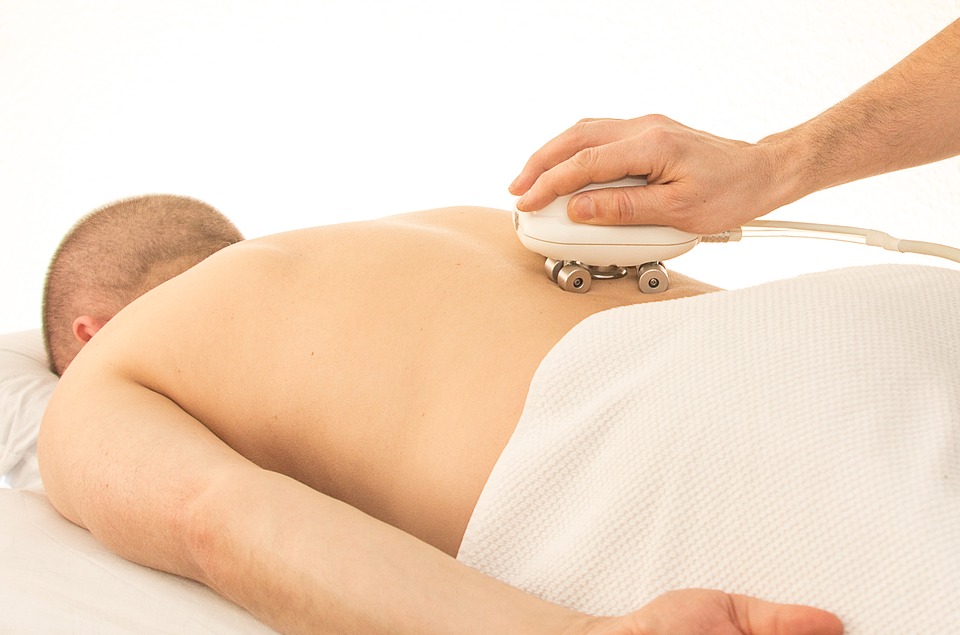Dealing With The Effects Of Long-Term Computer Use
Nearly 75 per cent of computer users in India report pain in their upper extremities and 55 per cent get affected in the first year of their job itself. Most problems are caused by bad ergonomics at workplaces and wrong methods of using the keyboard. Hence, it’s important to take notice of the soreness in your wrist, the stiffness in your neck and the tingling sensation on your back.
What’s more important is that you can rectify these problems by maintaining a good posture and ergonomics and your work on the computer could not only turn into a more productive activity but a healthier one too. Watch out for some of these common computer-work induced problems you may be experiencing on a daily basis.
Carpal Tunnel Syndrome
This is a condition when the strong walled carpel tunnel on the palm side of your wrist gets reduced as the nerve passing through it is pressed down due to repetitive use of the wrist on the keyboard. Numbness is the first clinical sign of this syndrome but it does get severe over time. Complete rest, warm compress, wrist splint, anti-inflammatory medicines and steroids injections are used in combination before a surgical carpal ligament release is initiated as cure.
To reduce the contact stress, ensure your wrist, arm and elbow are rested on a desk surface or edge. Make sure the mouse is as close to the keyboard as possible on its side and you use your whole arm and just your wrist to operate it. Adjust the chair and desk to get an elbow angle of 90 degrees, ensure a wrist rest and encourage a neutral position as much as possible.
Computer Vision Syndrome
This complex eye and vision related problem during work is accompanied by a sense of fatigue, dryness in the eyes, blurring or double vision along with headache, backache and neck pain. This third largest discomforting disorder is called the computer vision syndrome. External conditions of poor lighting, improper seating, the contrast, glare or reflection from the screen contributes to this syndrome effect.
Property designed workstations with adequate lighting, the screen an arm’s length away and adjustment of contrast and glare on the screen are mandatory. You should also keep screens clean, increase font size or use zoom in to read effectively and observe the 20:20:20 formula for effective combat of this syndrome.
The 20:20:20 formula indicates a 20 second break every 20 minutes to look at an object 20 feet away. This reduces the constant strain of staring at your computer screen. Blink often and do place your warm palms on your eyelids to soothe the tension away.
Give Your Fingers A Break
With proven data on the effects of long drawn computer usage it’s only a smart move to ensure that you listen to your body and honour Its demands to help it serve you longer. One way to rework your perspective on the job or more importantly, establish a framework of the activity in front of your computer is the following. Read it carefully.
Your fingers key-in an average of 250 strokes per minute at two inches per stroke, so they cover a good two miles in four hours. Just because they do not breakout into a sweat, don’t underestimate their strain or deny them rest and care, They have ways of letting you know so make sure you are listening.
Make Sure You Adopt A Good Posture A slight ‘s’ shape at the back, shoulders up, head straight, no sharp angles or cranking of the neck to view the screen or read, with arms and fingers horizontal to your desktop Is a good posture. Ensure your lower back has good support and you rest your back against it. Eyes should point slightly downward to hit the middle of the screen and legs too should be horizontal.
Also, you need to tuck your legs underneath for the knee to point slightly downward to encourage better posture. Ensure your feet rest on the floor or add a foot rest beneath. These points ensure a good posture to work at a computer.
However, try changing postures time and again to remove stiffness and keep various parts of the body mobile. Ideally, stay conscious of your position and prod yourself to sit properly; soon you will set a right posture naturally with lifelong benefits.
Exercises That Help
- Begin with the fingers – clench your fist and fan out your fingers, do this at least three times
- Move your head left to right three times and then back to the front three times
- Stand up straight, place your right hand on your left shoulder and move your head back gently – repeat with the left hand
- Intermingle your fingers and stretch your full arm distance in front of you, hold for 10-20 seconds.
- Hold the stretch above your head and shoulders straight for 10-15 seconds
- Place your left arm on your right shoulder and hold the left elbow with your right up and stretch. Repeat with the opposite side and hold for 8-10 seconds on each side before you release
- Complete the stretch with over the head stretch like point number 5 for 15-20 seconds
- Bend your right arm at the elbow in front of your body so that your right hand rests on the left shoulder, use your left hand on your right elbow, to push your right arm towards the body, out to the side, until you feel the stretch, hold for 10 seconds and repeat on the other side
